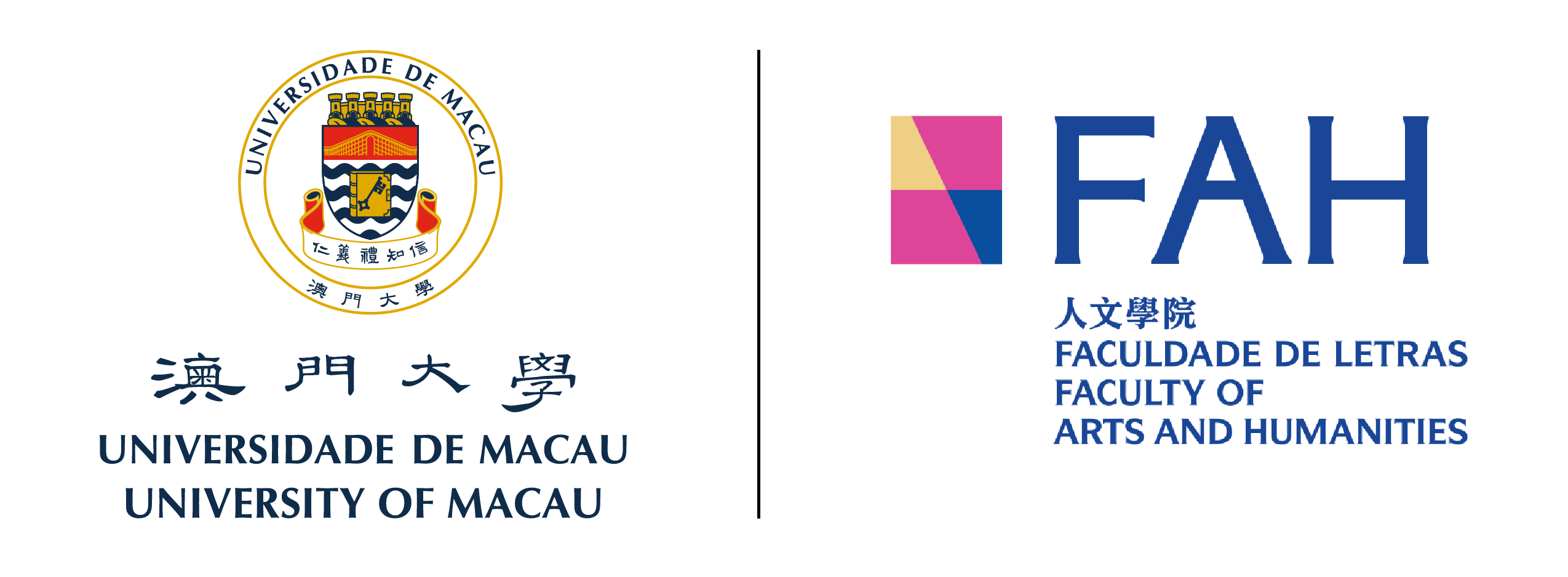
On October 30, 2024, the Department of Chinese Language and Literature at the Faculty of Arts and Humanities, University of Macau hosted an academic lecture titled “Digital Humanities and Text Mining of Dream of the Red Chamber,” featuring Professor Li Feiyue from Tsinghua University. The lecture was hosted by Professor Zhang Yue from the Department of Chinese Language and Literature, and attracted a large audience of faculty members and students online and offline, creating a lively and engaging atmosphere.
Professor Li Feiyue is a tenured professor and Ph.D. supervisor at the School of Humanities at Tsinghua University. He also serves on the editorial boards of Digital Humanities (jointly published by Tsinghua University and Zhonghua Book Company) and Digital Humanities Research (published by Renmin University of China). His primary research areas include Tang and Song dynasty literature, music literature, and digital humanities. He has published over 40 papers in journals such as Social Sciences in China and EMNLP, led three major projects funded by the National Social Science Foundation, and has been the recipient of prestigious awards such as the Ministry of Education’s Outstanding Scientific Research Achievement Award.
During the lecture, Professor Li shared his insights on applying digital humanities methods to the study of the Chinese classic Dream of the Red Chamber, focusing on poetry origins and character analysis. He explained that the adaptive use of classical poetry is a key feature of the poetic composition in Dream of the Red Chamber, and textual similarity serves as an important criterion for identifying such adaptations. Using digital humanities tools like “edit distance,” “doc2vec,” and “LDA topic modeling,” Professor Li identified Tang dynasty poems adapted in Dream of the Red Chamber and traced their original sources. This approach sheds light on the author’s reading experiences and the relationship between these influences and the poetic style of the novel. In addition, Professor Li used textual similarity to compare and analyze the character descriptions of Xue Baochai and Lin Daiyu. Through visual analysis of plot and emotion, he demonstrated how their emotional trajectories evolve from opposition to convergence as the story progresses, reflecting a dynamic relationship of opposition, harmony, and complementarity, consistent with the “unity of Baochai and Daiyu” theory. While the application of digital text mining still requires refinement and further testing, this innovative approach provides new perspectives for exploring the profound and captivating world of classic literary works.
The lecture sparked an active discussion among the audience. Professor Li patiently and thoroughly answered the questions raised by attendees. The event concluded on a high note amidst a vibrant atmosphere of academic exchange.


